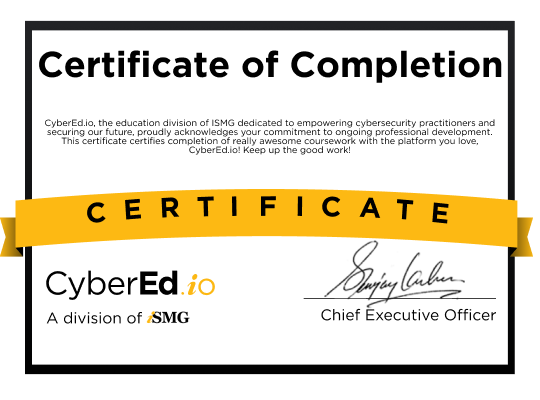Anders Björklund of Martin & Servera demonstrates converting penetration test findings into quantified business risk using NIST CSF 2.0 frameworks.
Traditional penetration testing delivers technical findings without business context, leaving security teams unable to answer critical questions: Where is exposure the greatest? What are the financial consequences? Which vulnerabilities demand immediate attention? Organizations accumulate tools - identity systems, EDRs, vulnerability scanners - yet struggle to connect technical data to business impact. This reactive approach creates noise without resilience.
The NIST Cybersecurity Framework 2.0 provides structure for transforming penetration testing snapshots into continuous exposure management. By mapping attack paths from entry points to crown jewels, security leaders can prioritize remediation based on exposure reduction rather than severity scores alone.
This video lesson, taught by Anders Björklund, CISO at Martin & Servera, will cover:
- Building layered exposure maps that integrate multiple security tool outputs;
- Using NIST CSF 2.0 to track maturity progression and benchmark against industry peers;
- Moving from annual compliance snapshots to continuous resilience management.
Here is the course outline:
Pen-Testing Insights: Aligning With NIST CSF 2.0 for Risk Quantification |
Completion
The following certificates are awarded when the course is completed:
 |
CPE Credit Certificate |



